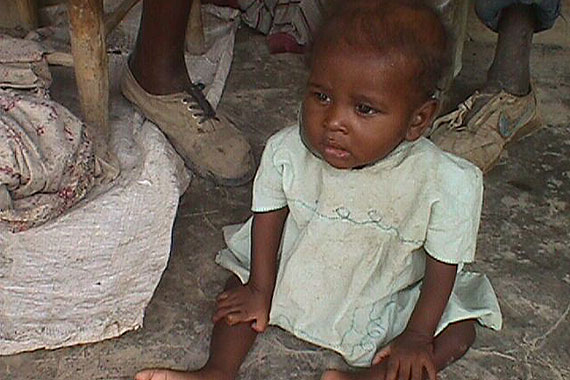This study was commissioned by CNSA with the financial and logistic support of WFP and FAO. The objective was to examine the processes that NGO and governmental agencies employ to select beneficiaries of social assistance programs in rural Haiti. The task responds to needs associated with current humanitarian aid and development programs such as: Ede Pep, with the Ti Manman Cheri assistance program to mothers with children in primary school and managed under the Economic and Social Assistance Fund (FAES); Kore Fanmi, also managed under FAES, a World Bank-supported Family Development Plan that connects vulnerable families to the services and information provided by government, NGO, and international agencies and tracks progress of participant households; and Kore Lavi, a five-year US$79,996,200 USAID financed plan that includes a pilot safety net program targeting 18,150 of the poorest households in 23 of Haiti’s 140 communes (total population is 315,400 households), carried out under the auspices of CARE International, WFP, and ACF. The research was conducted under the auspices of Socio-Dig, a Haiti-based research company.
The research involved an extensive review of the literature on humanitarian targeting, including nine of the major household surveys carried out in Haiti over the past two decades as well as the ethnographic literature on rural Haiti. It also involved two weeks of field work and focus group interviews with beneficiaries and participants in community-based targeting committees as well as implementing partners in the Department of the SE and NW; interviews with 32 Port-au-Prince NGO directors, government Ministry officials, and M&E specialists; and four surveys, the most important of which was a WFP funded and CNSA supervised sampling of the Commune of Maissade in the Department of the Centre where the new Targeting technique of Frequency Listing was tested (N = 1,951 described at length in Section “Frequency Listing” — see Maissade Report).
[for a shorter summary of the HDVI and Proxy Means Testing in Haiti see, Failure of the HDVI in Haiti; to get right to a summary of why a welfare system in Haiti–such as the USAID funded Kore Lavi–is a terrible idea that will likely cause more misery and hunger than it relieves, read Eight Questions About a Welfare System in Haiti; if you want a history of how WFP, USAID and other major donors and aid agencies have contributed to a deepening of poverty and hunger in Haiti read these posts on the history of food aid in Haiti, Part 1 and Part 2).





 Download PDF
Download PDF


